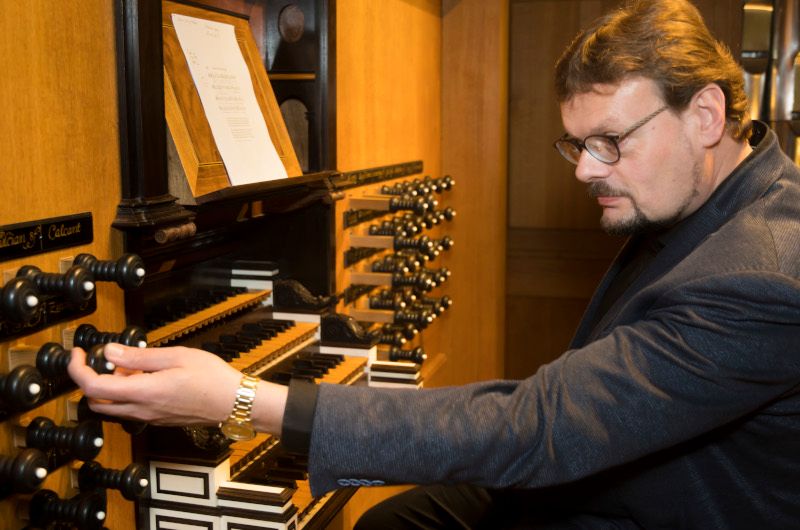The Maestro Online
Phrygian Scale
This article is part of a series of articles on modes, which date back 1000s of years. If you are interested in the greater variety of ‘colour’ that modes can provide for song writers and improvisers, you might like to also explore this article on the Dorian Mode, which also includes a mix of classical and pop-rock examples.
The Phrygian Scale or “Phrygian Mode” is, put most simply, the white notes E-E on the piano.
Phrygian Scale Characteristics
This is one of my favourite modes for several reasons:
(1) The semitone step between the 1st two notes of the phrygian scale has great character.
(2) The minor 7th (the D at the top of the phrygian scale instead of D#) creates that sombre, melancholy bluesy flavour.
(3) The Phrygian cadence.
What is a Phrygian Cadence?
Everyone has to love a Phrygian Cadence! They are so exotically colourful! Here’s what it looks like and a phrygian cadence in context: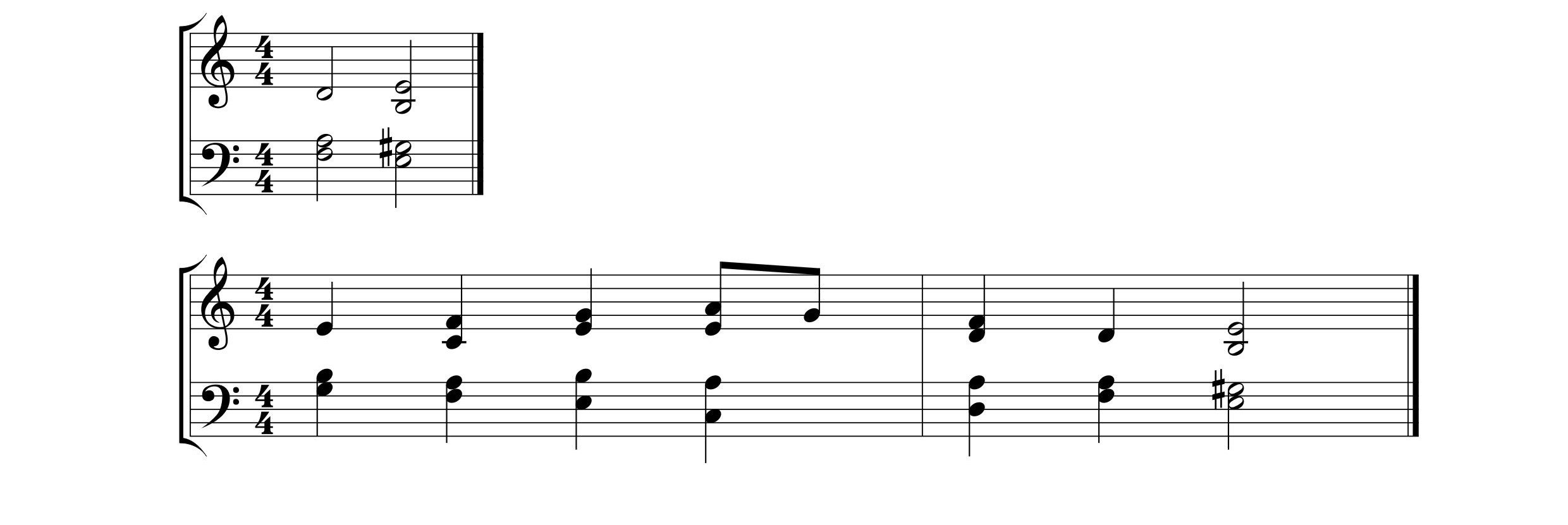
How do you label the Phrygian Cadence in Music Theory?
So,
If you were to consider the key to be A minor: Chord ivb-V.
If you were to consider the Phrygian Scale: Chord viib-I.
If you were to consider the key to be C Major: Chord iib-III.
Context is clearly everything and, yes, the 3 options above are more than most theory books will tell you. Don’t be just presuming ivb-V!
Where can I find the Phrygian Scale in the “real world”?
Well, let’s start “way back when”. Here’s a famous chant found in churches for a special service called “Corpus Christi”. This plainsong chant is called Pange Lingua and dates back to the 6th Century.
More Modern Church Phrygian Scale
The church modes were hugely admired by Debussy and his followers, particularly in the French Organ tradition. Here’s the end of an improvisation by Tournemire on the Te Deum (transcription freely available here), which is usually considered to be in the aeolian mode. The end of this improvisation uses the Phrygian Scale.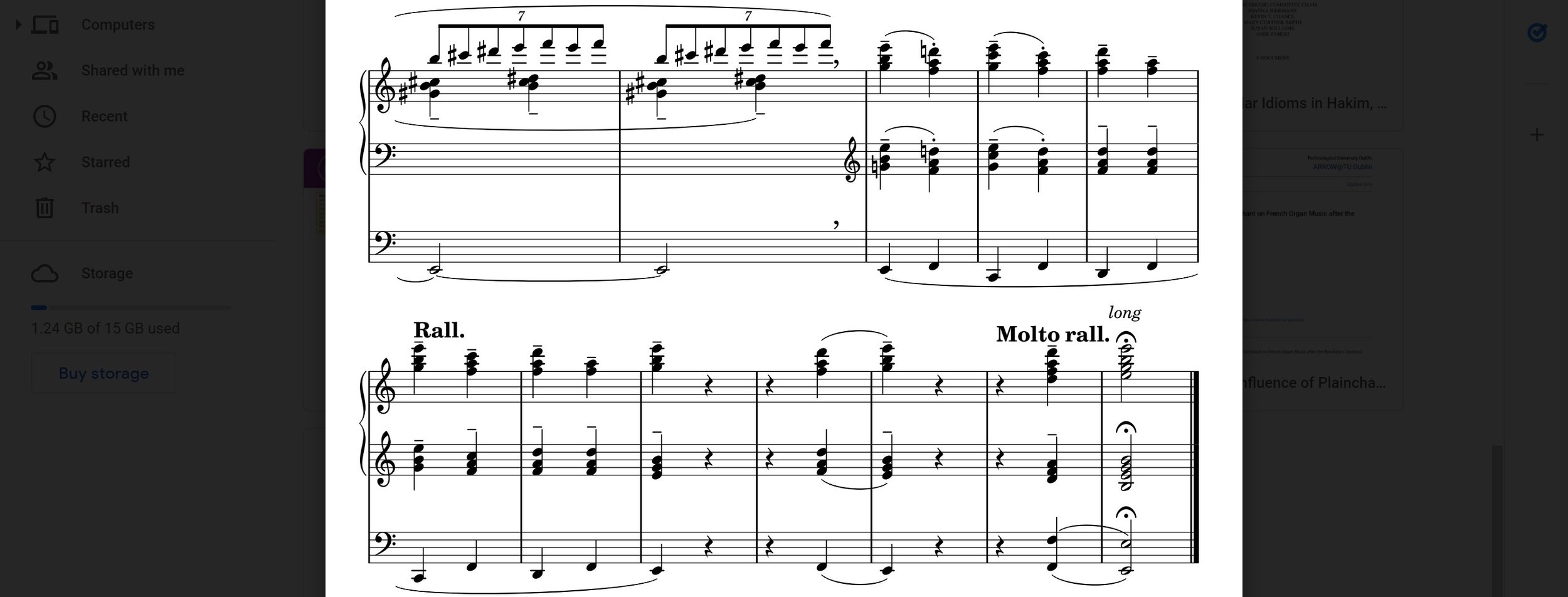
Rock Pop Phrygian Scale
For me, the finest pop example of the Phrygian Scale is I Care by Beyoncé.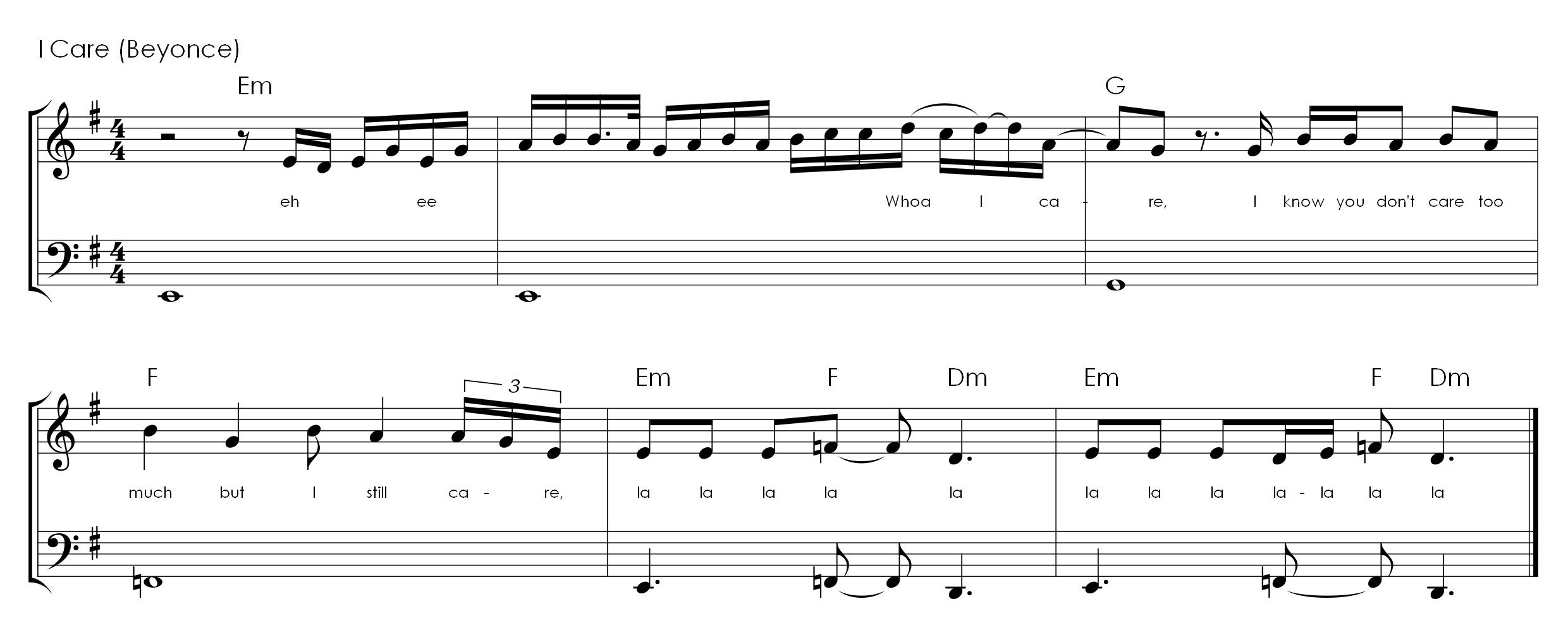
The lyrics to this song reveal Beyoncé’s feelings about an indifferent partner and many reviewers discuss the melancholy in her singing. There’s no doubt that she is an incredible vocalist, but I am also convinced that it’s the use of the Phrygian Scale in this song that enhances the lyrics.
Phrygian Scale Lick or Riff
Linkin Park created a brilliant phrygian scale lick in A Place for My Head:
Once more, the use of the Phrygian Scale reflects the emotions within the lyrics:
It makes me think of how you act to me
You do
Favors then rapidly, you just
Turn around and start asking me about
Things you want back from me
I’m sick of the tension, sick of the hunger
Sick of you acting like I owe you this
Find another place to feed your greed
Can I Learn Pieces using the Phrygian Scale and improvise?
The Maestro Online has collaborated with the awesome celebrity musician Mick Donnelly, saxophonist to the stars, to create a piano modal masterclass par excellence! The point of this library digital course with Mick, is for a pianist to learn melodic improvisation from a melodic instrumentalist. Mick has performed with the likes of Shirley Bassey, Robbie Williams, Michael Jackson, Bruno Mars and endless more. His improvisations are exceptional. Here’s a teaser:
Celebrity Masterclasses and Music Courses Library
Want to explore the Phrgian Scale Course and other exquisite celebrity masterclasses that enhance your improvisation, affordably? Legendary names and fantastic resources!
Baroque Improvisation 2: Twinkle Twinkle Brain Gym (add ii-iii-vi, create a Chorale Prelude)
You are either a pianist, organist, A Level, University or Diploma student. You've never quite got your head around improvising with keyboard harmony. You would like to be able to improvise pieces that sound great and to understand how to mix chords up so that they sound good. You would like to play by ear more, play in different keys, create variations of tunes and sound like Bach or Handel. Here's your first steps - keyboard harmony is real fun! This course is also fantastic for teachers to use with their students (contact us for enrolment for schools and universities).
In the second course in the series, it is now time to expand your harmonic pallette, add suspensions and create "real" Baroque pieces!
Baroque Improvisation 2: Twinkle Twinkle Brain Gym (add ii-iii-vi), Create a Chorale Prelude
- Here we explore the relative minor key and its i-iv-v chords and discover that they are chords ii-iii-vi in the relative Major.
- Twinkle is now reharmonised with chord I, ii, iii, IV, V and vi.
- Add suspensions, explore the minor.
- Your first Chorale Prelude will now form.
Root Positions, Chords I-vi
1.Switch to the minor: ii iii vi
2.Same Note, 2 Different Chords
3.Renaissance Dance & Modalism
4.Same Note, 3 Different Chords
Movement Through 3rds
5.Romantic Era 3rd Shifts, Mendelssohn Wedding March
6.Sequences through 3rds
Chorale Preludes
7.Old 100th Chorale Prelude
Adding the Polish
8.Inversions
9.Suspensions
10.The Full Combo
11.Additional Melodies to Explore
Who is Sietze De Vries, Famous Organ Improviser?
Sietze De Vries is an internationally respected organist, improviser and educator.
Sietze began playing by ear at the age of 4 and began formal organ lessons at the age of 9. He found the traditional route of learning to play an instrument uninspiring and boring. Creativity is at the core of his soul!
Besides becoming a performer of international standing, having played by ear since the age of 4, Sietze has become a highly regarded improviser. His improvisations in a Baroque style are not just authentic, but fun and a joy to listen to! Bach, Pachelbel and others form a great inspiration for Sietze and thus his improvisations reflect their styles.
Sietze carries this passion through to his teaching. He is renowned for conveying the most complex of ideas in the simplest of ways. The “Sietze De Vries” method starts at a level that all can understand and ends with fantastic Baroque organ improvisations (which you will still readily understand!).
The description text will be hidden under the title to save space and make the product page more scannable. To read the text, your customers will have to expand the collapsed block.
What are Our Improvisation Courses & Masterclasses Like?
Our music masterclass courses are self-study digital courses embedded with information, interactive music software (scores), exercises, objectives, tasks, progress tracking, teaching pedagogy and videos of celebrities and international level musicians explaining and demonstrating key skills. Certificates are awarded at the end of each course.
Our community is also evolving and we have a chat feature so that you can contact us whenever you need help and can make other musical friends.
- Thorough Musicianship: Creativity, improvisation, ear training integrated with popular and classical tunes to help you gain musical freedom.
- Unique Learning Journey: Tailored methodology emphasising improvisation and ear skills first, with notation to support.
- Certification: Clear objectives, tasks, and light-hearted quizzes leading to downloadable certificates.
- Gamification: League tables for frequent log ins and certificate points.
- Interactive Software: Connect visuals and sound with creativity.
- Human Touch: Engage with our team, request specific courses, and receive personalised support.
- Flexible Learning: Low monthly fees, cancel anytime, learn in the comfort of your home (no travelling!) and at your own pace.
- Personalised Experience: Tailored support and bespoke courses available.
- All Levels: Diverse range of courses, masterclasses & 1-1 lessons are tailored for all skill levels. Perfect for adult and teenage pianists, university and conservatoire students, music therapists and home schoolers.
A Quick Look at a Typical Masterclass Course
Sample Interactive Score
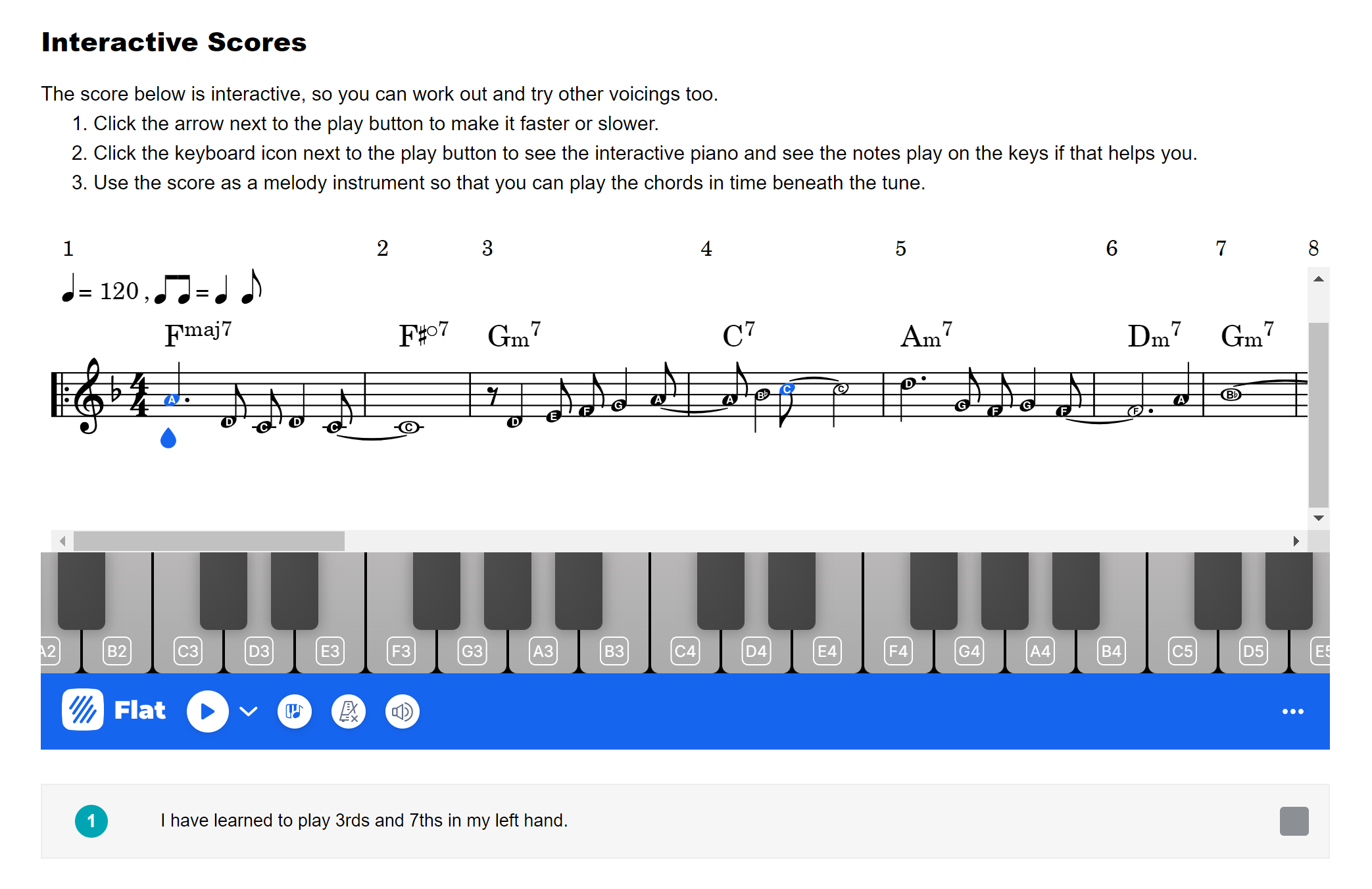
Course Dashboard with Chat, Progress and Points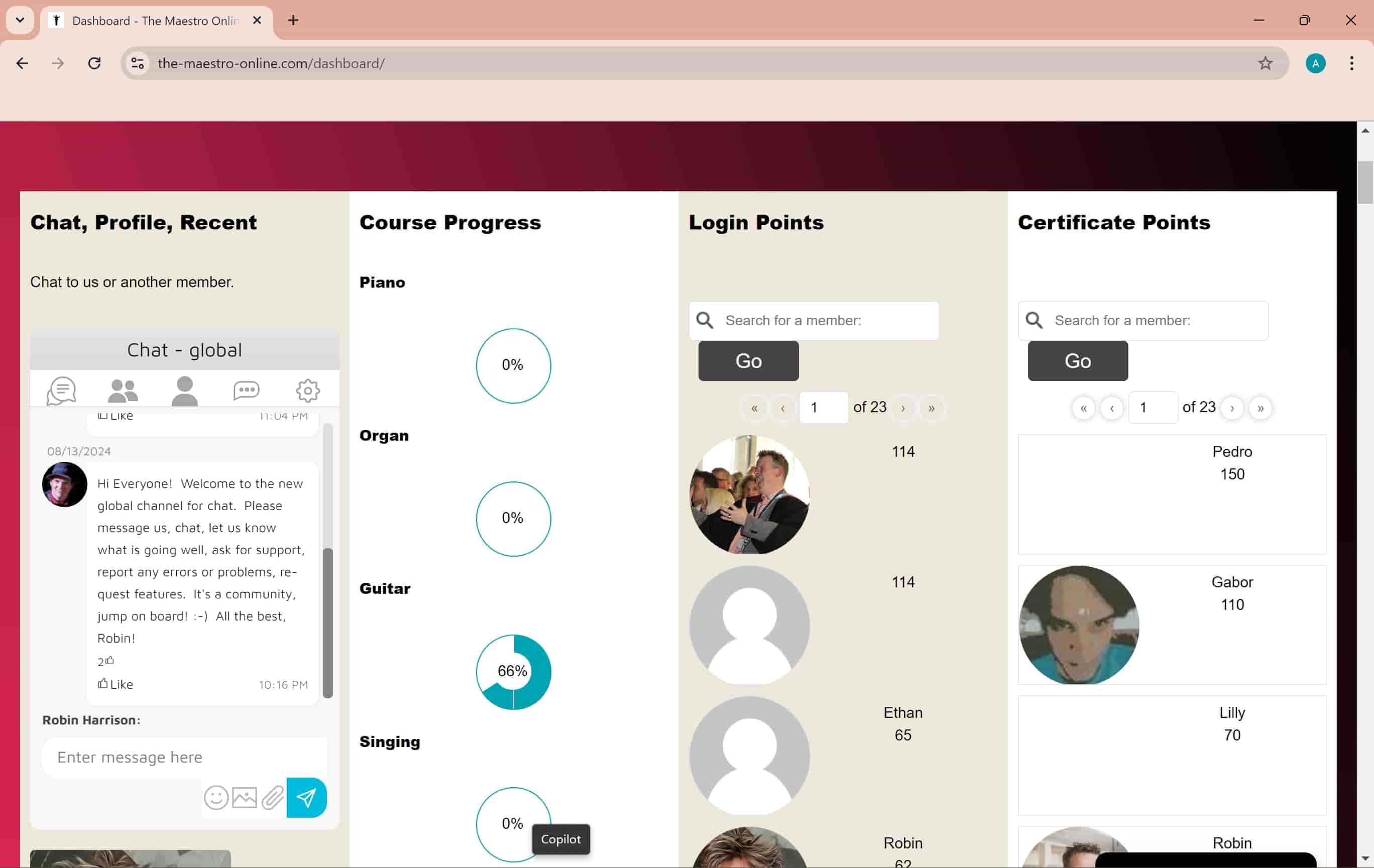
Click to Buy £19.99 One-Off Payment
Click to Subscribe to All Masterclasses
(over £2000 of content included)
Multiple currencies available.

